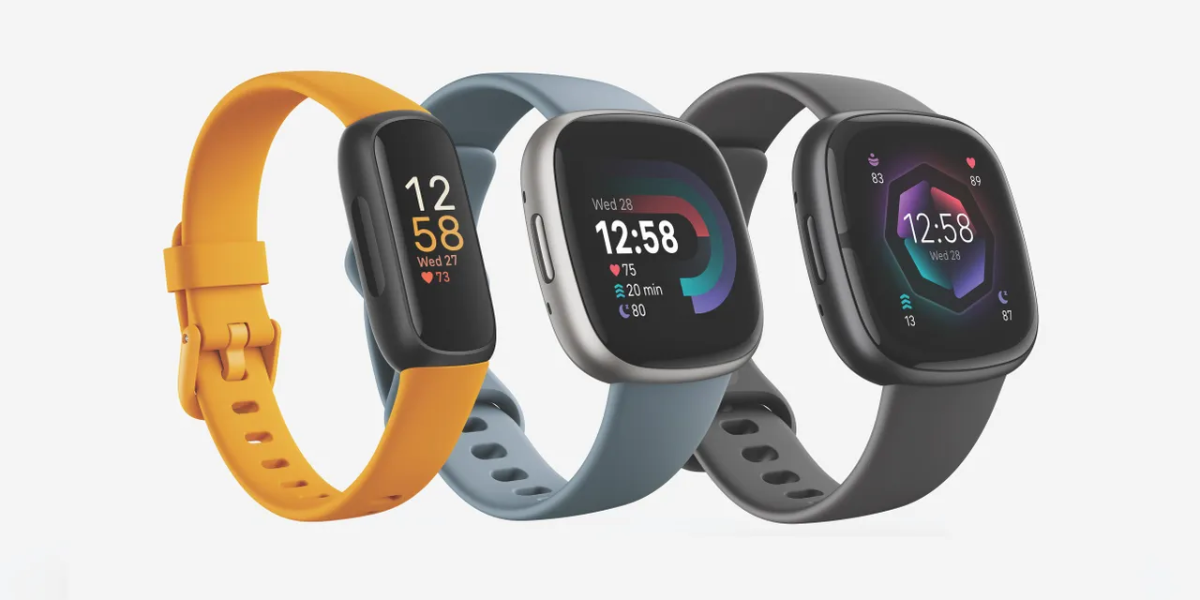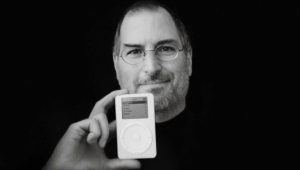
Let's dive right into the unique, challenging world of startups. Picture this: you have a ground-breaking idea, your business model is fresh, you've nailed down your target audience, and you're poised to disrupt the market. But there's a catch. Product design, that crucial cog in the startup machine, is not as straightforward as you'd anticipated.
This blog post addresses the unforeseen challenges you may encounter in the product design process and the role of design failures in achieving success.
Above the waterline, product design seems pretty straightforward: create a product that looks good, functions well, and provides value. But once you dive beneath the surface, there are submerged obstacles to navigate.
Airbnb, today a $100 billion company, began with a half-baked product that barely addressed user needs. They failed initially to understand the essential requirement of quality listings and professional photos. After revisiting their design and iterating on it with user needs at the forefront, Airbnb soared in popularity.
You've designed an incredible product that works perfectly for 100 users. But what about 100,000? Twitter, in its initial stages, experienced frequent downtime due to the unexpected surge in user traffic, earning it the nickname "Fail Whale." Designing for scalability from the get-go could save you valuable time and resources.
In a fast-paced startup environment, there's often a rush to move from idea to launch. But skipping steps like user feedback can lead to product failure. The infamous Google Glass is a prime example. Released in 2013, the Glass was touted as the future of technology but was quickly retired due to privacy concerns and lack of clear use-cases - issues that could have been flagged with proper user testing.

Failures, as they say, are stepping stones to success. In product design, they are opportunities to iterate, improve, and innovate.
Failure isn't a dead-end; it's a detour sign. Each failure uncovers weaknesses in your design process, offering you insights to make your product better. Amazon's Fire Phone, launched in 2014, was a flop due to its high price and lack of distinctive features. However, Amazon learned from this failure and used it to refine their product strategy, leading to the successful Amazon Echo.
In the lean and agile methodology, failing fast is a way of life. The key is to make small, manageable failures, learn quickly, and iterate. Spotify, which practices agile development, uses this approach to continuously improve its platform. The company even has a "Fail Wall" where employees share their blunders and lessons learned.
Building a successful product requires a clear design strategy. Here are the key steps:
Understanding User Needs: Invest time and resources in user research. Identify their needs, pain points, and expectations.
Scalability: Consider scalability from the start. Design your product to accommodate growth in users, data, and complexity.
Feedback and Iteration: Incorporate user feedback into your design process. Test, learn, and iterate.
Embrace Failures: Make failure part of your design culture. View each failure as a chance to learn and improve.
A common pitfall for startups is the misinterpretation of user-centric design, assuming it's about catering to the expressed desires of users. However, truly revolutionary products often address latent needs that users themselves may not explicitly realise.
The story of the first iPod serves as an excellent example. Before the iPod's creation, consumers were not necessarily asking for "a thousand songs in their pocket."
Apple, however, dove deeper into the consumer psyche, recognising an implicit desire for a portable, convenient, and comprehensive music experience. Despite existing MP3 players on the market, none combined usability with a vast music library.
Apple's ingenuity lay in bridging this gap. They developed the iPod alongside iTunes, a platform that allowed legal, easy music downloads, thus addressing piracy issues prevalent at the time.
With the user experience at the heart of their design process, they were able to transform the music industry.
This illustrates that impactful user-centric design isn't about literal translations of user feedback. It's about understanding the underlying needs and designing products that can fundamentally improve the user's experience or solve a problem in a new way. Another perfect example of this was the 4D product designed Urban Skills Trainer for Football Flick. You can read more about this user centric product here.

As the world becomes more aware of environmental concerns, startups are facing the challenge of designing sustainable technology products. The impact of your product on the environment is now a significant consideration and can affect user perception and acceptance.
Fairphone, a social enterprise company, sets a sterling example in the tech industry. Recognising the environmental issues associated with conventional smartphone production, including e-waste and resource depletion, Fairphone developed a smartphone designed for longevity and sustainability.
Their phones are modular and repairable, encouraging users to keep their devices for longer, thereby reducing waste. They also strive for fairer supply chains, sourcing conflict-free minerals where possible.
This approach hasn't just won them accolades in sustainability; it's also generated a loyal customer base that shares their environmental and social values.
Ignoring sustainability in tech product design can lead to repetitional risk and potential loss of user trust, while embracing it can differentiate your product and resonate deeply with a growing eco-conscious audience.
Product design challenges are not insurmountable obstacles but opportunities to learn, iterate, and improve. Embrace your failures, learn from them, and let them guide you on your journey to success.
Remember, as a startup, your product doesn't need to be perfect—it needs to solve a problem. As you refine your design process, taking into account these unseen challenges, you're not just building a product; you're building a better startup.
To wrap it up in the words of Reid Hoffman, the co-founder of LinkedIn, "If you're not embarrassed by the first version of your product, you've launched too late." So don't fear failure, embrace it, because that's where the magic happens.